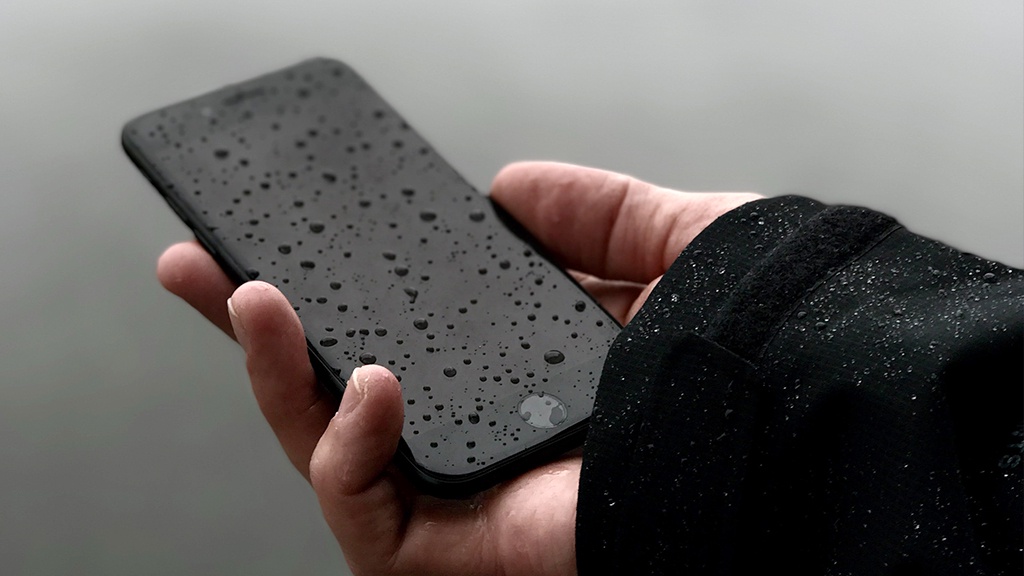These days, a lot of smartphones come with waterproof technology, withstanding immersion up to 1.5 metres to 6 metres for a maximum of 30 minutes. But that does not guarantee that your smartphone will not be damaged by water or any kind of liquid. And sadly the warranty is not applicable for the water damage. That is why it becomes important to know about the solution for water damage in smartphones. In this write-up, we will discuss how to fix water damaged phone and different types of water damage.
How to Fix a Water Damaged Phone?
Step 1: Remove Phone From Water Immediately
As soon as your phone gets exposed to water, retrieve it and remove it from the liquid as fast as possible. Even a few seconds can make a difference in terms of the amount of water that seeps into small crevices and openings. Every second counts for minimising damage when trying to repair a waterlogged phone.
Step 2: Remove Parts and Dry Thoroughly
So, how to fix water damaged phone? The next step is to take off any cases, covers or attachments on your phone and open it to detach the battery, SIM card and memory card. You want to let air get to all components. Pat down the surface of the phone gently with a clean, lint-free cloth to soak up excess moisture.
Step 3: Use Compressed Air
Use canned compressed air to blow out any droplets stuck in the ports, microphone, speakers or button cracks. Tilt and angle the phone to allow the air to displace trapped water. This also dries inner components. Be sure to blow air into all openings like the headphone jack, charging port and SIM card slot.
Step 4: Absorb Internal Moisture
Place moisture-absorbing silicone packets or bags of uncooked rice alongside your phone in an airtight container or zipper bag. The silica or rice will extract water from hard-to-reach interior parts. Leave it sealed for at least 48 hours.
Step 5: Let Air Dry
In addition to moisture absorbers, let your phone air dry completely before attempting to turn it on. Sit it in front of a fan blowing room temperature air for optimal drying. Be patient and allow all components to dry out over 24-48 hours if needed. Never try to charge or turn on a phone that is still wet inside.
Step 6: Check For Corrosion
If you are wondering how to fix water damaged phone, you must inspect the charging port and battery terminals for any signs of corrosion, like white, crystallised buildup or blue-green discoloration. Use a toothbrush dipped in isopropyl alcohol to gently clean affected areas.
Step 7: Attempt to Charge Battery
Once the phone is fully dry, reconnect the battery and plug it into the charger. Use a wall outlet rather than your computer's USB port, as it provides more power. Attempt to turn on the phone after it has sat charging for a few hours.
Step 8: Use Silica Gel Packs
Even if your phone seems dry on the outside, moisture can still be trapped internally. Place your phone in an airtight bag with lots of tiny silica gel packs for 24-48 hours. This will pull any remaining moisture from inside the phone.
Different Types of Water Damage
Now that you know how to fix water damaged phone, let's have a look at different types of water damage.
1. Splashes and Spills
Phones frequently get exposed to splashes and spills from glasses of water, sinks, puddles and rain. The water usually only affects the exterior casing and doesn’t penetrate deep into the phone.
2. Submersion
When a phone gets fully submerged in water, there is a greater risk of water getting trapped internally through headphone jacks, speakers and other openings. Prolonged submersion causes more extensive damage. Salt water and chlorinated water from pools or tubs also increase corrosion risks.
3. Condensation
Condensation occurs when humid air meets cold surfaces and turns to liquid. Phone screens and cameras are prone to condensation buildup, which can drip down into the interior. Using phones in steamy bathrooms or cold weather often causes condensation problems.
4. Leaky Batteries
Faulty lithium-ion batteries can leak corrosive electrolytes, which can eat through circuit boards and components. Any sign of fogging, discoloration or strange smells indicates a defective battery that should be replaced immediately.
5. Liquid Residue
After drying out a water damaged phone, there may still be liquid residue left on electrical components like the charging port. This can prevent proper connectivity and corrosion may also form in leftover moisture spots.
Conclusion
Water is one of the most common causes for phones damage. Knowing how to fix water damaged phone allows you to revive your phone and avoid costly professional repairs. The above mentioned methods are easy to follow and chances are high that you will be able to fix the damage of your phone successfully. But in case you fail to do so, contact professional repair services.


No comments yet